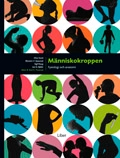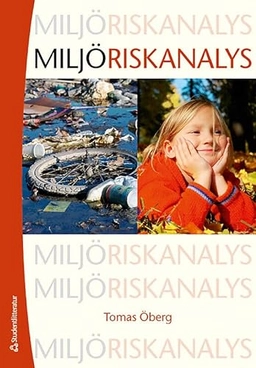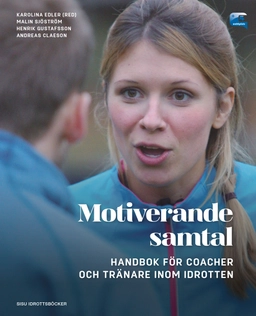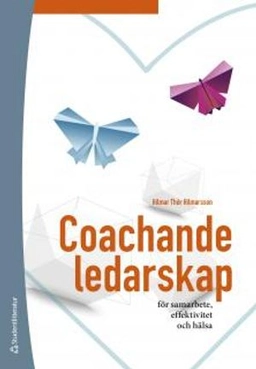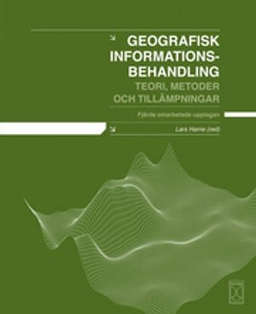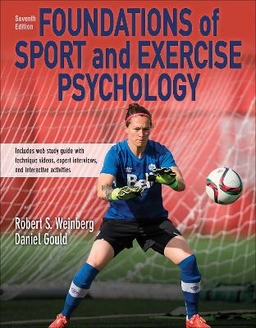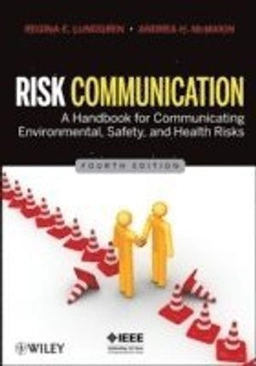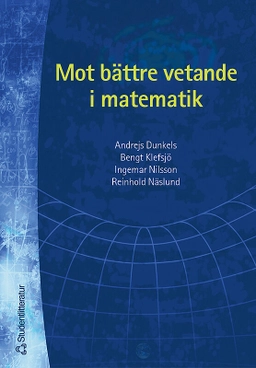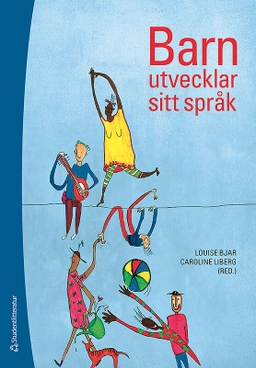

Risks and decisions for conservation and environmental managementUpplaga 1
- Upplaga: 1a upplagan
- Utgiven: 2005
- ISBN: 9780521543019
- Sidor: 504 st
- Förlag: Cambridge University Press
- Format: Häftad
- Språk: Engelska
Om boken
Åtkomstkoder och digitalt tilläggsmaterial garanteras inte med begagnade böcker
Mer om Risks and decisions for conservation and environmental management (2005)
2005 släpptes boken Risks and decisions for conservation and environmental management skriven av Mark A. Burgman. Det är den 1a upplagan av kursboken. Den är skriven på engelska och består av 504 sidor. Förlaget bakom boken är Cambridge University Press.
Köp boken Risks and decisions for conservation and environmental management på Studentapan och spara uppåt 39% jämfört med lägsta nypris hos bokhandeln.
Referera till Risks and decisions for conservation and environmental management (Upplaga 1)
Harvard
Oxford
APA
Vancouver
